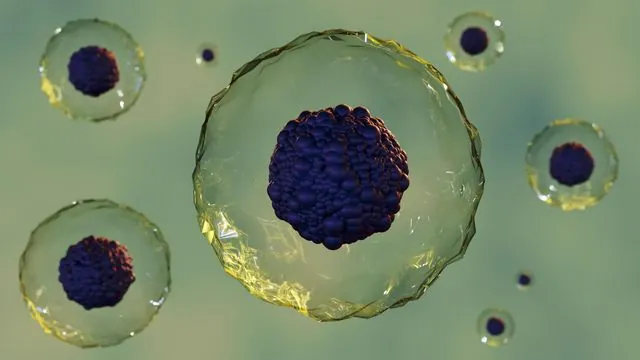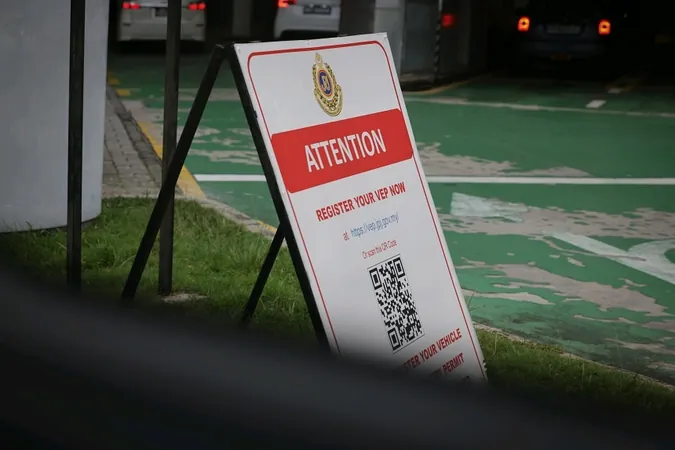
Groundbreaking Research: Human Stem Cell Transplants Repair Macular Holes in Monkeys!
2024-10-03
Key Findings You Need to Know:
The study provides compelling evidence that transplanting retinal organoid sheets can lead to the closure of macular holes, which are small gaps in the macula that can severely impair central vision.
Researchers noted significant survival and maturation of retinal tissue, including critical light-sensitive cells known as photoreceptors, indicating a transformative approach to treatment.
While the findings are promising, the study emphasizes the need for further research to assess long-term outcomes and the overall functionality of the graft in relation to host tissue.
What Are Macular Holes and Why Do They Matter?
Macular holes develop in the central retina, leading to distorted vision and difficulties in performing everyday tasks such as reading and driving.
Although surgical techniques have improved over the past decade, closure rates remain challenging for difficult or recurrent cases.
There is a growing interest in utilizing stem cell therapy to combat these persistent issues.
In this groundbreaking study, the research team, led by Michiko Mandai from Kobe City Eye Hospital, confirmed that their innovative method not only closed macular holes but also fostered the development of photoreceptors essential for visual function.
After the transplantation, the gaps were filled continuously with healthy retinal tissue, showcasing a significant step forward in regenerative therapies for eye health.
Implications for Future Research
Despite the encouraging results, some complications were observed, including mild rejection of the tissue.
However, this response was managed through steroid injections.
“The mild rejection may have limited the functional integration of the transplanted tissue,” Mandai noted, stressing the need for further investigation in this area.
The team is excited about the next steps, which will include exploring the protective effects of the stem cell-derived retina on the host retinal cells and the potential for establishing synaptic connections between the graft and the host tissue.
What Comes Next?
As the researchers look to expand upon their findings, further studies are necessary to validate their results in human models.
This could represent a significant advancement in the treatment of macular holes, potentially offering hope to countless individuals suffering from vision loss due to this condition.
In summary, this pioneering research not only opens doors for effective treatments for eye diseases but also raises intriguing questions about the future of stem cell therapy in visual restoration.
Stay tuned for more updates on this exciting field!


 Brasil (PT)
Brasil (PT)
 Canada (EN)
Canada (EN)
 Chile (ES)
Chile (ES)
 España (ES)
España (ES)
 France (FR)
France (FR)
 Hong Kong (EN)
Hong Kong (EN)
 Italia (IT)
Italia (IT)
 日本 (JA)
日本 (JA)
 Magyarország (HU)
Magyarország (HU)
 Norge (NO)
Norge (NO)
 Polska (PL)
Polska (PL)
 Schweiz (DE)
Schweiz (DE)
 Singapore (EN)
Singapore (EN)
 Sverige (SV)
Sverige (SV)
 Suomi (FI)
Suomi (FI)
 Türkiye (TR)
Türkiye (TR)